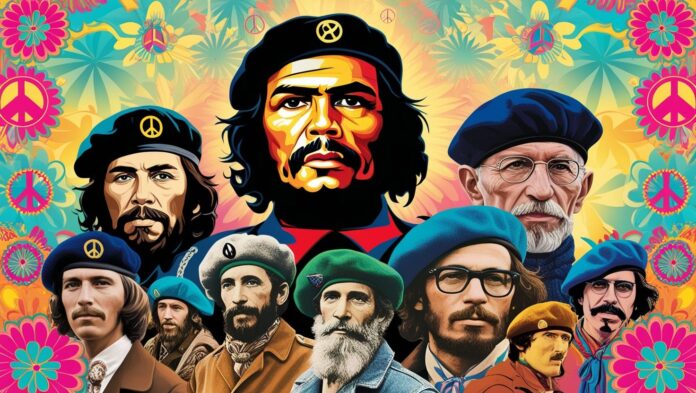Hello fashion enthusiasts, cultural historians, fashion design and art and media students, pop culture lovers, and those interested in fashionable culture! Today, we’ll continue with the next part of our series—the history of beret hats. When you think of a beret, what comes to mind? Perhaps it’s the classic image of a French artist, paintbrush in hand, or the revolutionary figure standing boldly for social change.
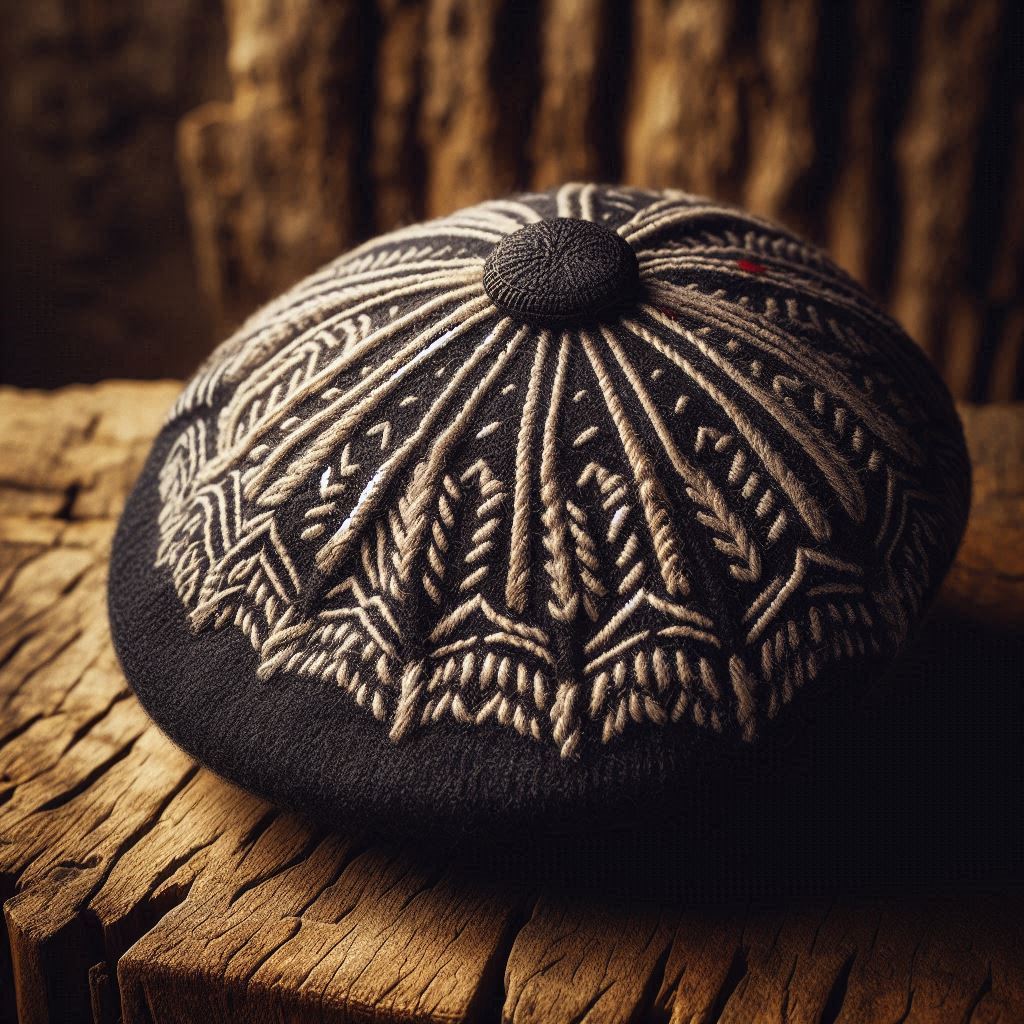
People all over the world love this seemingly ordinary headgear, spanning generations and borders. The beret is more than just a stylish accessory; it carries a rich tapestry of cultural significance that spans the globe.
This article will explore the beret’s journey through history, its representation in art and media, and its role in various cultural movements. In this case, let’s follow their path from a French fashionista to the representation of resistance, and further.
Beret History: From Utility to Icon
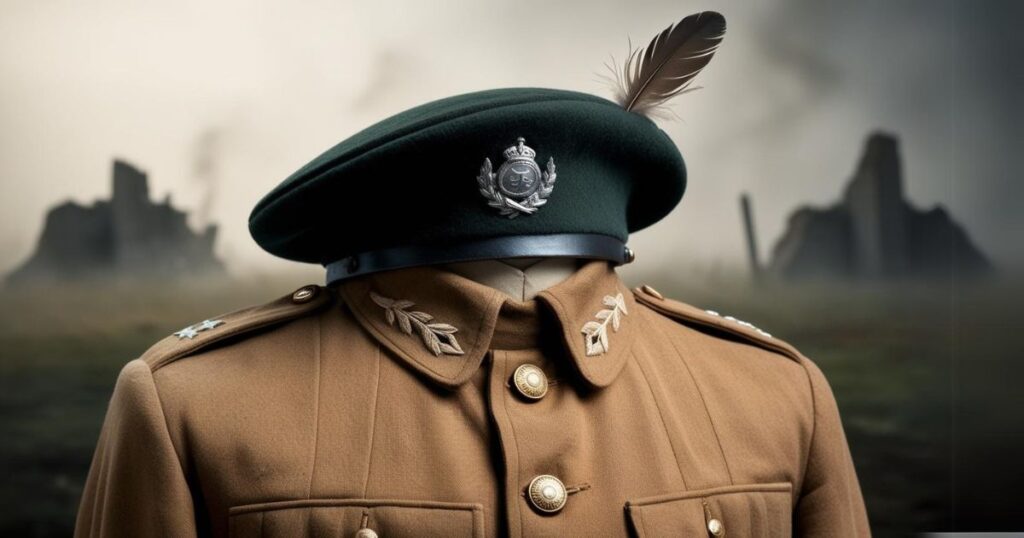
It feels a bit strange, but the beret, which is traditionally considered a symbol of French clothing, has its origins outside of France. Traditionally known as a Basque cap, this soft, round cap has been commonly worn for centuries in Basque Country, Spain, and France. Due to the practical shape, women and men liked to wear them; farmers and workers in particular enjoyed them for warmth and their versatility.
Key Moments in Beret History
- Military Origins: The beret was first worn in the military during the early 20th century and became famous in many military branches around the entire world. The military wears a beret to represent unity and discipline is usually associated with certain special forces, such as the green beret.
- Fashion Evolution: In the middle of the twentieth century, the beret became a fashion accessory, especially when associated with Paris. Fashion designers knew it and flaunted it in catwalks and haute couture shows.
Symbol of French Identity and Beyond
On the roads of Paris, the beret turned into not only the headwear, but the symbol of France itself. That is how they appeared—local artists, writers, philosophers—who made it the unofficial uniform of the French capital, which we now consider the essence of the Parisian look. This linking was so significant that by the mid-20th century, the beret became an indivisible part of the French image.
But why has the beret become such a symbol of France? The answer is to be found in its history. It can also be noted that French peasants popularised the beret style, and it became an accessory for the people. It has gradually developed into a symbol for the French spirit, particularly in World War II, when the French used it as a symbol of their resistance force. Today, this is an emblem of the fashion of France and free women with passion and desire.
Military Adoption and Honor
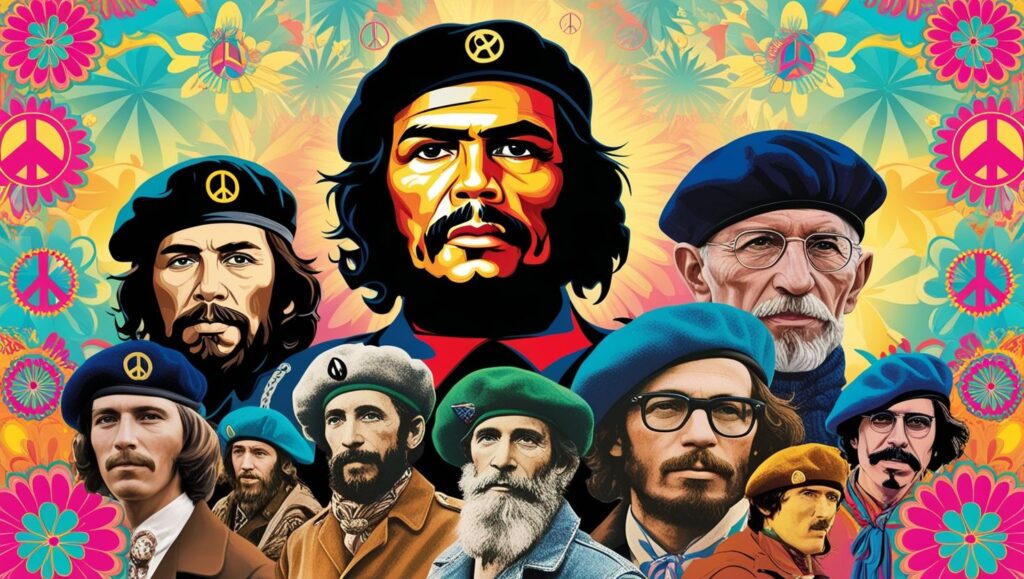
Its evolution from a civilian to a military article is an interesting story. The berets are worn today in military units, each colour indicating a different specialisation:
– Special Forces: Green Berets
– Red Berets: Military Police
– Black Berets: Tank Corps
– Blue helmets: United Nations peacekeepers
Military Adoption and Honor
Social Movements and Symbols of Revolt
Another thing that I think may have evolved the most culturally is how the beret eventually became a symbol of revolution and resistance. These connections are some of the notable individuals who helped make this association more mainstream:
Che Guevara the black beret became the symbol of the revolutionary spirit
The Black Panthers took on the beret as a sign of forceful resistance and pride
Artists and activists used the beret as a visual cue to communicate their allegiance to counterculture movements.
Art and Media: Shaping Perceptions

Across the epochs in history, the beret has found its place in:
- In the self-portraits of Rembrandt and some other master painters
- Photos of the members of the Beat Generation
- Modern fashion photos from the world of high fashion
Pop Culture Impact
The beret’s contributions to aspects of popular culture are still shifting:
- Film and Television
- A common element in many French New Wave movies
- Used by Hollywood to mean “artistic” or “European.”
- Fashion and Design
- Regularly on the haute couture catwalks
- As reinterpretation by present-day designers onto contemporary conceptual designs.
Modern Interpretations and Future Trends
Contemporary Fashion Statement
The contemporary fashion circle expands the boundaries of the beret. A few examples of present-day trends include:
- High-end companies mixing orthodox design patterns with modern materials
- Incorporation of the beret in street fashion in strange combinations with other items of clothing
- Eco-fashion, which promotes many traditional trends with a focus specifically on the beret
Global Cultural Perspectives
The beret is viewed and worn distinctly in different cultures and countries:
- Asian fashion circles bringing their modern context and styling techniques of their own to the beret
- Typical ethnic patterns by African fashion designers used within the beret
- Pop culture in America Still touts its revolutionary connotations
Fashionable and Versatile and Modern Atmosphere
Fortunately, today’s fashion world has found quite several uses for the beret, and there are designs for everyone out there. They have been popular in the history of a culture where men wore berets during the Spanish Civil War; in France, witches wore basque berets; and in modernity, it has resurfaced as a fashionable piece of haute couture. Available in leather, the more traditional materials include military-inspired designs and cuts, shapes, and even bright wool options, offering endless possibilities for individuality in this piece.
Still, there are people opting for the beret. So why is it so? Perhaps it’s the versatility: Berets are versatile and can be formal or casual, worn slanting for the standard style or brought down to the eyebrows for the modern feel. Such an item defines individual fashion and tradition as well as present-day fashion all in the same piece. So for anyone who wants stylish headgear that still has history, the beret is the one for you.
It also comes in different designs and the way people wear them gives different results on the beret. Here are some notable examples:
Traditional Berets: Traditionally, they must be made from wool and perfectly reflect the spirit of French culture.
Military Berets: Normally made from felt, these are worn by military soldiers, sometimes in particular coloured to represent different corps.
Parisian Beret: A cut with enhanced elegance on the outside, rather than a slim and tight one that represents fashionable Paris in a way.
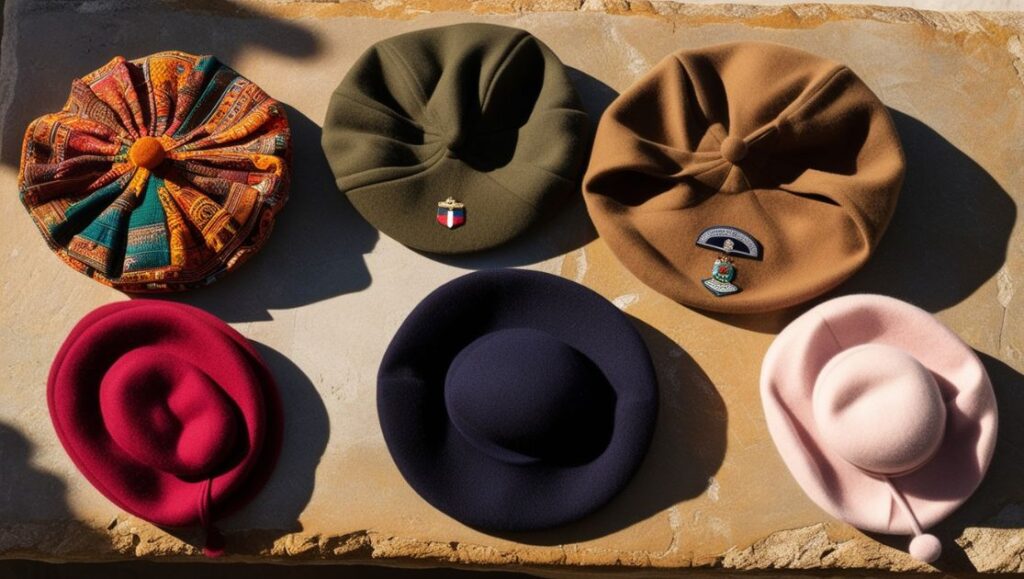
The Global Influence of Berets
The beret is symbolic of French culture, but it has become adopted in cultures all over the world. Latin America and Africa have come up in acceptance of the beret as they work in diverse styles and as a fashion item.
Spain: They were and still can be worn as a traditional folk hat.
Berets in Other Cultures
Latin America: A classic artifact of the revolution.
Africa: Researched in uniform, particularly used in military uniform.
The Lasting Legacy of the Beret
Thus, the question arises: why is the beret so important all the time? Perhaps it’s because it complicates itself yet contains underlying symbolism relevant to all societies, the working class, and youths of today. A beret, the flexible, luxurious hat, can certainly be an art piece, a military uniform piece, or even a tool for politics—all to build up the image of one of the most celebrated hats in the world of fashion.
The story of the beret underlines that history is also written in, and contained by, everyday clothing—objects that became charged with political meanings, which aimed to bring people together as one nation. In essence, anyone interested in fashion history and how people’s images are associated with specific forms of headwear will never run out of things to admire when it comes to a beret. So, next time you spot someone wearing one, consider the legacy they’re carrying on—and maybe ask yourself: What does your headwear say about you?
Conclusion
The beret is more than a piece of fashion; it represents personal identity, historical significance, and shared beliefs. It contains stories that transcend fabric and shape, from the streets of Paris to revolutionary stages and pop culture spotlights. Regardless of your interest in fashion or culture, the beret encourages you to take a closer look at how accessories both influence and are influenced by our surroundings.

